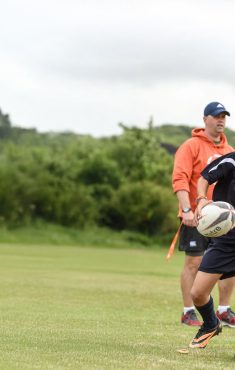Table of Contents
The most popular sports in this category are usually skateboarding, surfing, or inline skating.
Alternative sports stand out for encouraging the development of cognitive and motor skills, coordination, and flexibility through stimulating activities that can be played individually or collectively.
They also help develop physical fitness and lung capacity, as many of these sports are high-paced and involve high-impact gameplay.
Soccer is still the top option for many young people, and, for those who want to develop their skills in a more structured way, football academies play a crucial role. These academies offer technical and professional training, guiding future players as they seek to improve in the beautiful game.
However, we’ll be devoting this article to talking about alternative sports, and we’ll look at their main characteristics and importance, as well as a final comparison with the traditional sports we all know so well.
Classification of alternative sports
Alternative sports have different classifications with a wide range of criteria; one such criterion is Winter alternative sports, which can only be played in certain months of the year.
We also have alternative water sports such as surfing, kayaking, or rowing, which must be practiced on open water surfaces with specific conditions.
Alternative sports also include roller skating, biking, and skateboarding, which some people classify as extreme sports.
Among these sports are a wide range of variations and disciplines that have gained some popularity this century but haven’t yet reached the popularity of sports like basketball or soccer.
Equestrian sports such as horse riding or polo can also be categorized as alternative sports, and enthusiasts seeking a more immersive experience in the equestrian world can try out horse riding camps.
Characteristics of alternative sports
For a sport to be classified as “alternative”, it can’t be massively popular. In fact, they are called “alternative” precisely because they are an alternative to the traditional sports that most people usually play.
Alternative sports are characterized by being fresh, dynamic, and innovative. They are sports that often create their own rules based on existing sports, but always with an original touch that makes them feel unique and modern.
Furthermore, most sports of this kind emphasize cooperation and teamwork instead of the fierce competitiveness of traditional sports.
This is why many P.E. teachers around the world are choosing to incorporate these sports into the school syllabus.
Some of these sports involve certain risks and must be practiced according to the safety rules and requirements to prevent injuries or accidents.
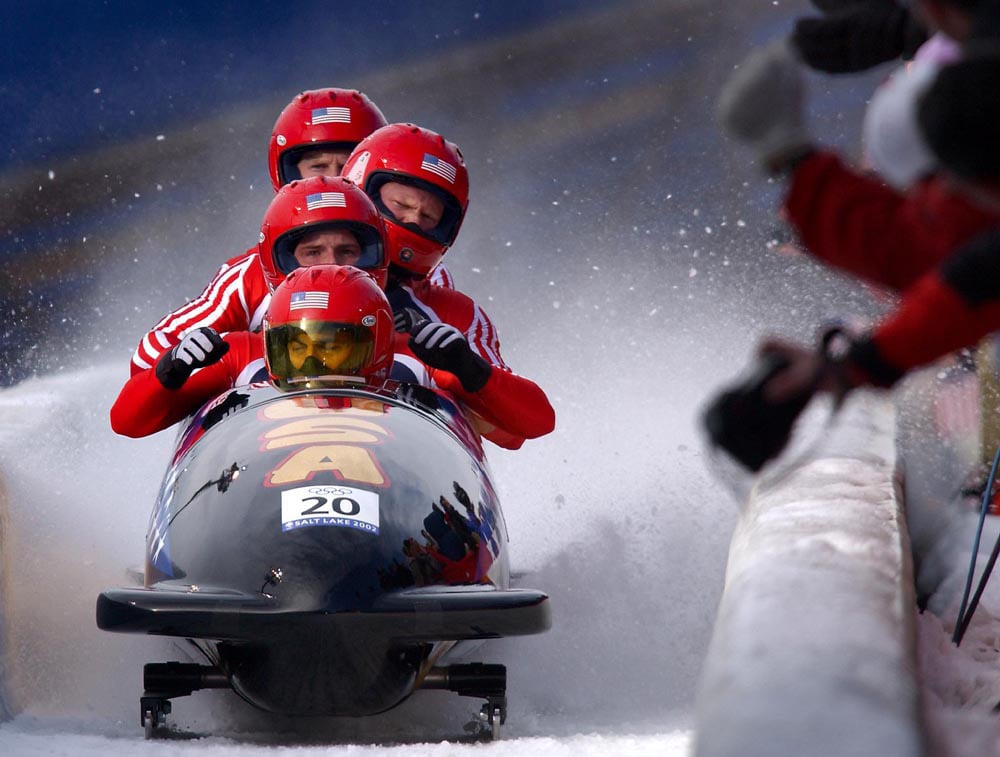
In general, these are the main characteristics of alternative sports:
- They aren’t very popular compared to traditional sports
- They are dynamic, fresh, and innovative
- They encourage cooperation and teamwork
- They aim to improve motor and cognitive development
- They help to improve physical fitness
- They are classified according to when and how they are played
The importance of alternative sports
Alternative sports are very important as they provide an option for people who aren’t attracted to traditional sports.
This is a great way of ensuring a healthier and more active society. Furthermore, from a psychological perspective, they are seen as a more liberating and personal way for people to feel good about their bodies, boosting their self-esteem and motivation.
From a collective point of view, they encourage a healthy competitive spirit in which everyone works to the best of their ability, always focusing on developing their own skills and not comparing themselves too much with their rivals.
People who have been discriminated against based on their performance or any other reason in traditional sports may find an alternative sport where they excel, based on their own individual strengths.
For example, a person who has never done well at soccer, basketball, or tennis has the chance to choose an enjoyable alternative sport to keep active.
These sports show us clearly that there are countless ways to exercise and keep ourselves fit; we just need to open our minds a little more and keep trying until we find a sport that truly resonates with us.
What are the best resources for PE teachers?
The choice of alternative sports for their students is at the discretion of the teachers, based on the students’ age and outdoor conditions.
Keep reading as we bring you a good selection of alternative sports that provide many individual and collective benefits. In addition to being very easy to practice, they don’t require too much extra material.
Ultimate Frisbee
This is a variation of the classic frisbee game that incorporates some ideas from American football. This sport pits two teams against each other, each striving to get the frisbee into the opposing team’s end zone.
Every time a team manages to land the frisbee in the scoring zone, they will earn points, but it’s something that requires a great deal of accuracy.
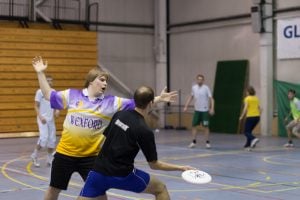
Rommi Saar, CC BY-SA 3.0, via Wikimedia Commons
Slackline
Slacklining is a balancing sport in which a person must cross from one end to the other of a suspended length of flat webbing (2 to 5cm wide) without falling off.
The only material required is the flat webbing, which can be attached to two trees or columns.
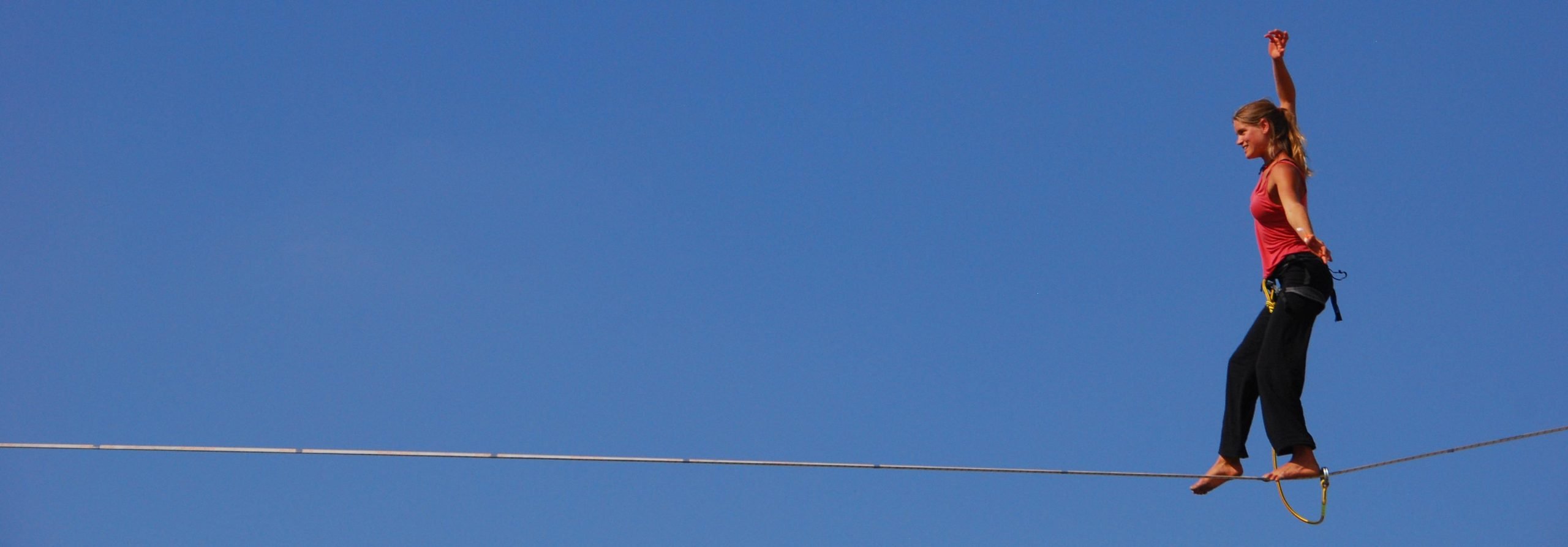
Wegmann, CC BY-SA 3.0, via Wikimedia Commons
Kickingball
This sport can be played on any court or open space on the school premises.
It has practically the same rules as softball, but can be played with a soccer ball or volleyball; instead of hitting the ball with a bat, you have to kick it.
The rest of the dynamics are the same as in softball. Three outs per inning and each team scores a run when they reach the home base.

Lt.Cmdr. Jim Remington, Public domain, via Wikimedia Commons
Tchoukball
This sport can be played on any court or open space on the school premises.
It has practically the same rules as softball, but can be played with a soccer ball or volleyball; instead of hitting the ball with a bat, you have to kick it.
The rest of the dynamics are the same as in softball. Three outs per inning and each team scores a run when they reach the home base.

Tchoukball Geneva Indoors, CC BY 2.0, via Wikimedia Commons
Floorball
Two teams face off on a court with two small goals. It’s a type of floor hockey in which the players use a stick and ball, and try to score in the opponent’s net.
When played on a dry surface, it’s a much safer and less aggressive sport than ice hockey.
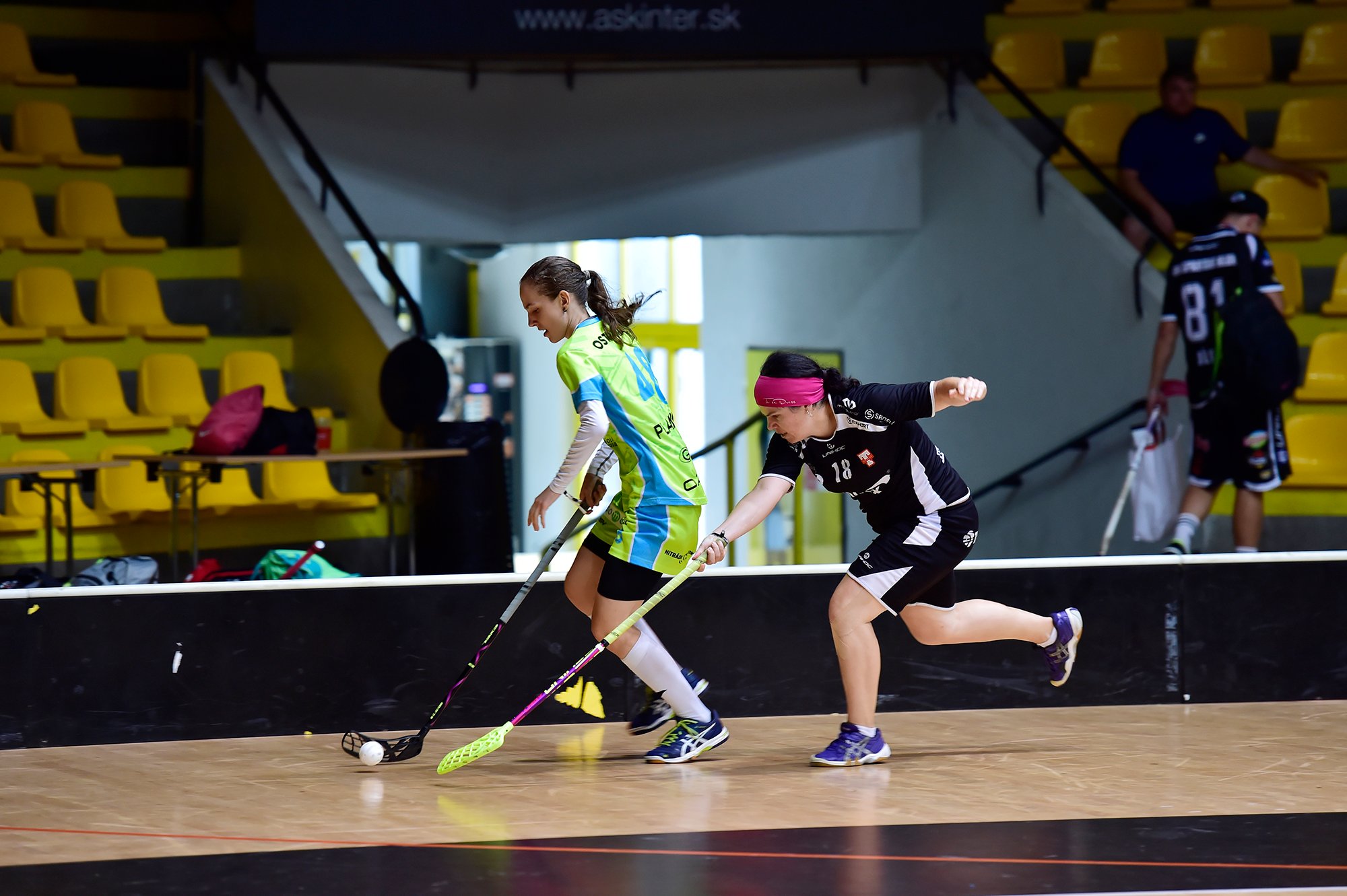
Bratislavská župa from Bratislava, Slovakia, CC BY 2.0, via Wikimedia Commons
Alternative water sports
Alternative water sports have gained many followers over the years. The popularity of surfing and extreme sports in the 90s and early 2000s has led to more and more people trying out unconventional water sports.
Despite the intrinsic risks involved in playing water sports, there are several benefits to consider.
These are some of the most popular alternative water sports:
SURFING
RAFTING
WEAKBOARDING
KITESURFING
ROWING
KETBALL
WATERPOLO
POOL VOLLEYBALL
KAYAK
Alternative winter sports
Winter can be a tough time to play both traditional and alternative sports. However, over the years, sports that can be played perfectly well in the snow or on ice have come to the fore.
Of course, many of these sports aren’t overly popular and we hardly ever see them, apart from during the Winter Olympics perhaps.
Here are some of them:
CURLING
BOBSLEIGH
SKIING
MOUNTAIN SKIING
SNOWBOARD
NORDIC COMBINED
TUBING
SPLITBOARD
ICE SKATING
ICE HOCKEY
WINTER TREKKING
Ripley119, CC BY-SA 3.0, via Wikimedia Commons
Tips for playing alternative sports
Here are three basic tips to help you get even more enjoyment out of alternative sports, and to be successful in them too.
However, we do advise you to be cautious when taking up sports you aren’t too familiar with, in order to prevent injuries.
1. Learn and understand the rules very well
When taking up or trying out an alternative sport you should get to know and understand all its rules really well. It’s common for people to take up a new sport without having a clear understanding of all the rules.
As a result, they may get unnecessary injuries or even hurt other players. If you are familiar with the rules, then you can avoid making these mistakes and be ready to take advantage of any opposing player’s mistakes.
To increase group camaraderie it’s also a great idea to learn the rules together.
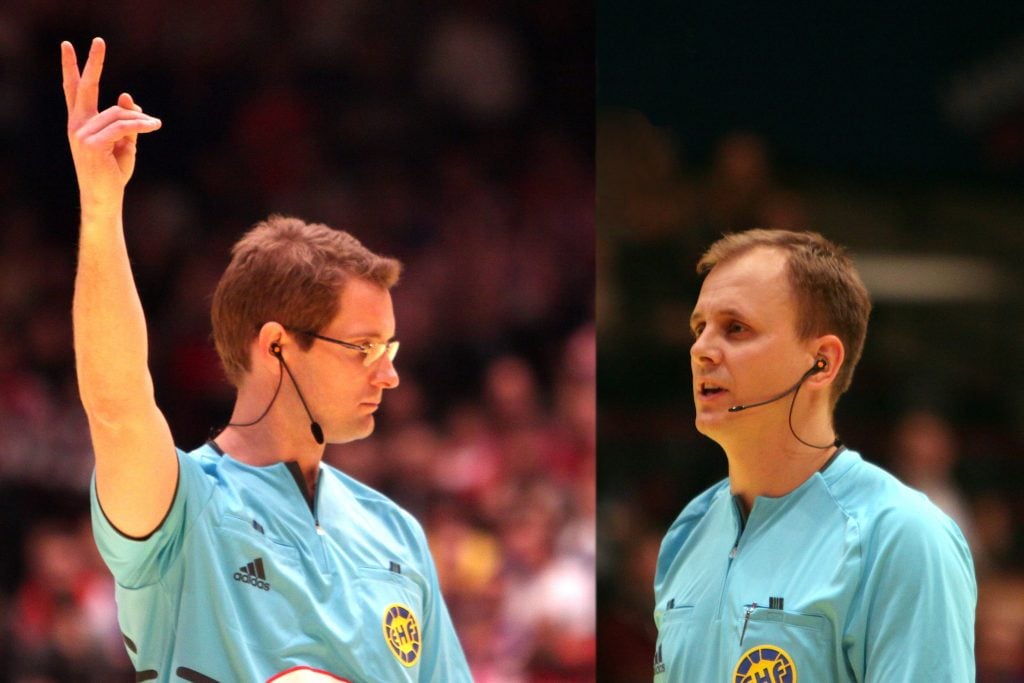
Steindy (talk) 12:48, 6 February 2010 (UTC), CC BY-SA 3.0, via Wikimedia Commons
2. Minimize the risks
Taking part in alternative sports can be challenging because many of them have certain risks that traditional sports don’t have.
When participating in water sports, you should take all necessary measures to avoid injuries and even the risk of drowning. If you are just starting out, then make sure someone is with you in case you need assistance.
In the case of fast-moving sports like skating, always know your limits and don’t push yourself too hard in order to prevent accidents.
3. Focus on yourself and avoid comparisons
Don’t be overly competitive. Don’t look on your rivals as enemies you have to defeat. Simply try to improve every time you play, without comparing yourself to other people, and you’ll soon see how you’ll achieve your goals.
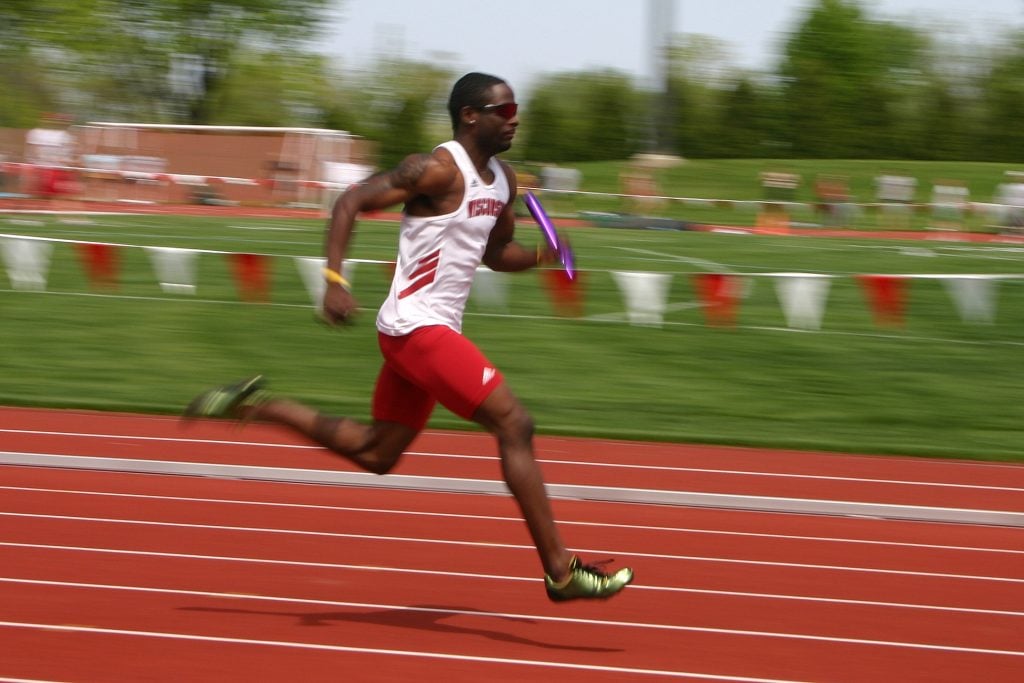
ms4denmark, CC BY-SA 2.0, via Wikimedia Commons
Alternative sports vs. Traditional sports
So, by now, you should have a clear understanding of the characteristics of both types of sports. Alternative sports are generally less popular but more dynamic, and traditional sports are the most familiar ones and have many scientifically proven benefits.
Choosing what sport to take up should be a personal decision, taking into account your own abilities, your personal experiences, and your life as a whole.
However, in many cases, alternative sports involve more risks than traditional ones.
In fact, one of the reasons why alternative sports are more in the public eye is because of the accidents and injuries that often occur, which go viral on television and social media.
Taking this into account, it is understandable that most parents choose to enroll their children in traditional sports programs.
If we take soccer as an example, this team sport brings many physical benefits, but also develops leadership skills, teamwork, communication, and many other benefits.
Injuries in training sessions are also kept to a minimum because of the careful supervision. In addition to this, soccer can also provide multicultural experiences and semiprofessional opportunities in the form of soccer camps or specialized academies.
And, on the financial side, it is much more profitable and achievable to become a professional soccer player.
So, overall, choosing a sport like soccer is generally a healthier option when compared to an alternative high-risk sport.
However, as we said earlier, everything depends on personal tastes and circumstances.
Conclusion
Alternative sports play an important role in society as they offer different options from traditional sports.
With so many different sports to choose from, and so many variations, they allow people of all backgrounds to find a sport they will excel at and enjoy, encouraging the development of healthy communities.
However, when compared to traditional sports, they lack visibility and relevance on a global scale, and many of them carry higher risks.
Points to consider about alternative sports:
- They are an alternative to traditional sports
- They aren’t as popular nor are they as much in the public eye
- They’re known for being dynamic and innovative
- They can be individual or collective
- They are ideal to be used by P.E. teachers at school
- They often carry more risks than traditional sports
- There are all types of alternative sports, such as water sports, winter sports, equestrian sports, and others
Joan GarciaBadalona, CC BY-SA 4.0, via Wikimedia Commons

